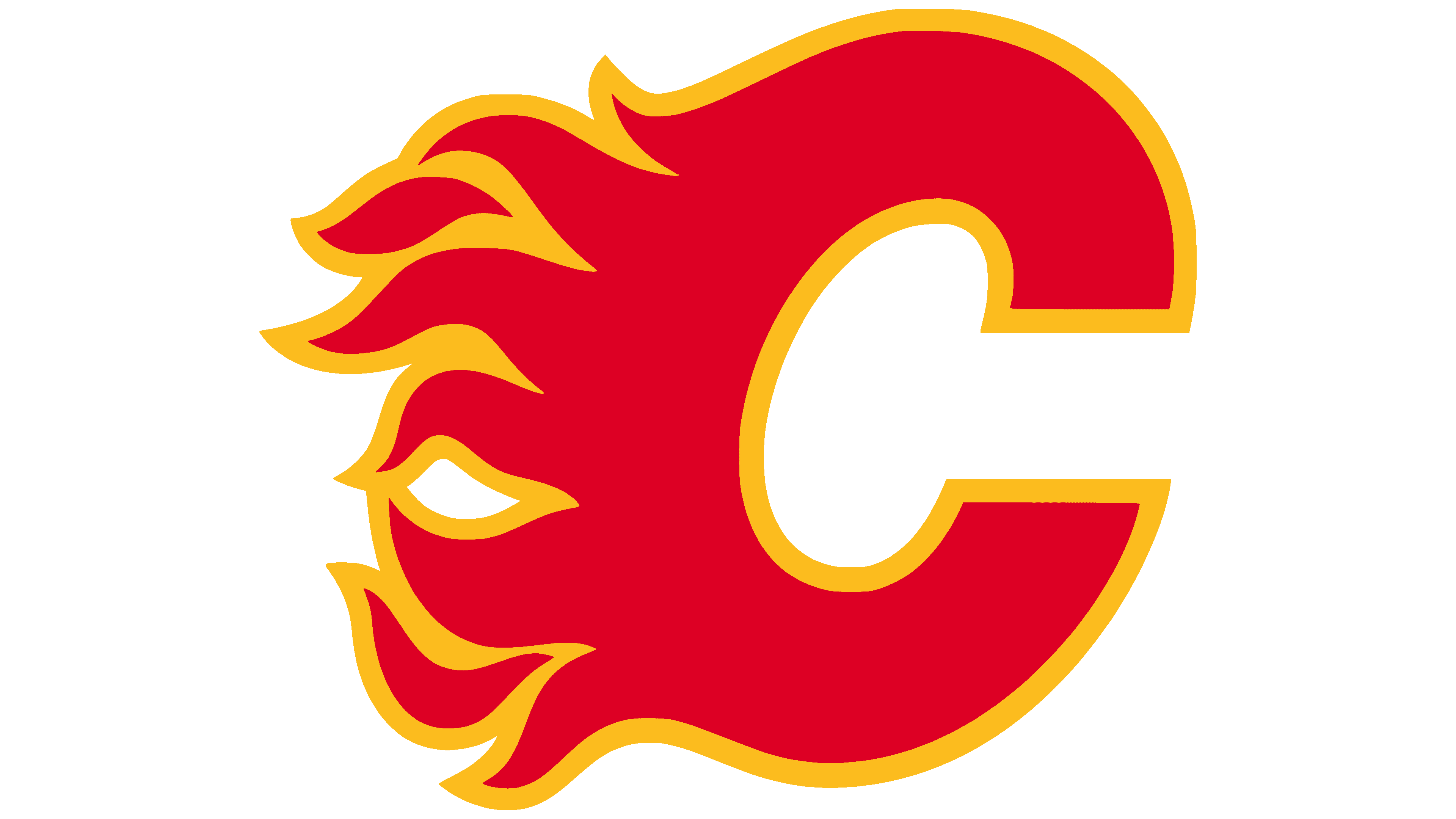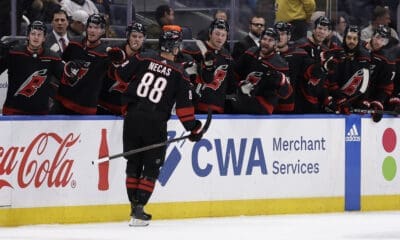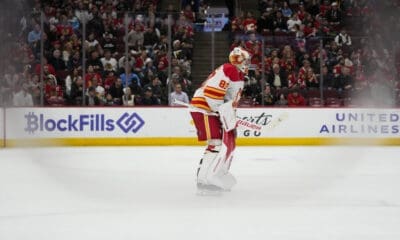Calgary Flames
Sean Monahan’s Contract Explained
As Per the CBA

Yesterday Sean Monahan signed his much awaited deal. There were many questions earlier in the summer about what this deal would look like and I took a stab earlier in the summer to find out just what his deal would be. While I couldn't nail down an exact figure I did find that Nathan MacKinnon was his closest comparable and I was looking to that deal to form a baseline for what Monny would get.
As the summer wore on however, speculation grew along with the expected salary from the minds of many Flames fans. Despite some pretty wild speculation, I think I even saw 8 years at 7 million AAV more than a few times, there were still some stalwarts that believed Treliving would pull off yet another swindle, even after the Trow Brouwer signing.
In the end what happened was… well, it was pretty reasonable. Monahan signs for 7 years at 6.375 million AAV, eating up 3 UFA years in the process. Monahan still enters Unrestricted Free Agency in the prime of his career, his 29 year old season, so another giant contract is likely on it's way as he finishes out his career in Calgary or elsewhere.
What I wanted to talk about were the particulars of his contract status over the coming seasons.
Monahan made the NHL straight out of Junior in what would be his 18 year old season. Once he hit 10 games the clock started ticking on that contract. Thanks to a bizarre condition of the CHL/NHL transfer agreement the team had a choice between either returning Monahan to either his Junior team or keeping him with the NHL club. Monahan, thankfully, had veteran Juri Hudler on his line pretty much at all times during his rookie season, Monny even lived with Hudler and his family until he had secured his place on the team and found his own apartment.
So the decision was made to keep him in the NHL for the balance of the season. The important thing about this decision is that Monahan had accrued one year of NHL service in just his 18 year old season. What's commonly known as the 27 or 7 rule the CBA states in article 10.1(a)(i)
What the 27 or 7 rule means, in plain english, is that a player becomes an Unrestricted Free Agent after seven seasons of service or when they complete their 27 year old season, whichever comes first. What this early start to his career means for Monahan and the Flames is that their gamble on Monahan to maintain or improve his performance in his sophomore season essentially guaranteed that he would hit the gold standard of free agency: Group 3. While the intricacies between the various groups of Free Agency are based mostly on age and/or experience, thankfully none of them apply to Monny.
What this boils down to is that Brad Treliving essentially "bought" 3 years of Unrestricted Free Agency for a very reasonable price. With this, however, comes one important caveat: the No Trade or No Movement Clause.
When the Las Vegas expansion draft rules were announced we learned that any players with an active No Movement Clause must be protected while players with an active No Trade Clause do not. Following was some confusion regarding what these clauses entail and what the differences are.
What we are mostly looking at with the NMC/NTC clauses in the CBA is that neither clauses are available to any player that does not meet Group 3 Unrestricted Free Agency. Monahan and the Flames were allowed to build these clauses into this contract but they were not allowed to have them take effect until Monahan would reach Free Agency under the aforementioned 27 or 7 rule. Monahan has reportedly accepted a 10 team No Trade Clause for his free agency years while under contract with the Flames, otherwise known as a Limited No Trade Clause. This means that he has a list of 10 teams that he can not be traded to without his express written permission. This does not, however, prohibit the team from waiving him for purposes of playing in the AHL or ECHL. The No Movement Clause is one step above the No Trade Clause in that it prohibits the team from moving the player anywhere, for nearly any reason including waivers, without the player's written permission. The only exception is the placing of a NMC player on waivers for the purposes of a buy out.
Beginning in Monahan's 26 year old season the No Trade Clause takes effect as it would be his first Unrestricted Free Agency season at the tender age of 26 rather than 28 via the 27 or 7 rule.
The more I examine this contract the more I believe that it falls firmly in the middle ground for both parties. Treliving was forced to pay an established market price for the player while the player left potential money on the table for more power over the money years of his career.
Now if only Johnny Gaudreau would sign soon.
sources
http://www.nhl.com/nhl/en/v3/ext/CBA2012/NHL_NHLPA_2013_CBA.pdf
http://www.generalfanager.com/
by Matthew Granlund








